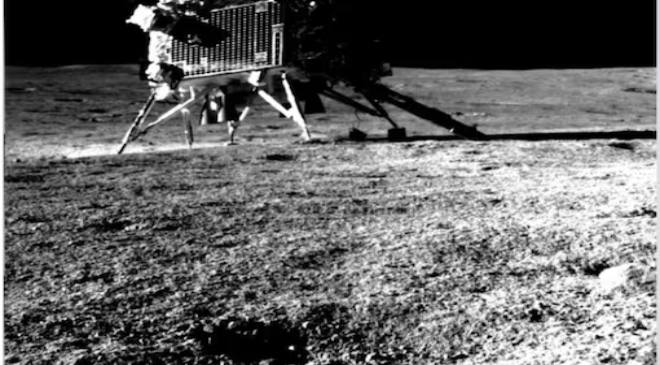Before the instruments were put into sleep mode, their batteries were fully charged, and the solar panels were oriented to capture light as soon as the lunar day began.
The ‘bonus’ phase for the Chandrayaan-3 mission has begun. And in line with it, the Indian Space Research Organisation (ISRO) has committed to ongoing efforts to reestablish communication with the Vikram lander and Pragyaan rover until the next lunar sunset on October 6. The space agency will wait another 14 days to establish contact with Chandrayaan-3’s Vikram lander and Pragyan rover. This decision comes after the lunar surface finally comes out of its night time and sees sunrise after 14 Earth days.
Read More: Delhi to host over 30 countries at Indo-Pacific Armies Chiefs Conference
A Recap
ISRO’s Space Applications Centre Director Nilesh Desai earlier told PTI, “We have put the lander and rover on sleep mode because the temperature would go as low as minus 120-200 degrees Celsius. From September 20 onwards, sunrise will be going on at the Moon, and by September 22 we hope that the solar panel and other things will be fully charged, so we will be trying to revive both the lander and rover.”
ISRO Chairman S Somanath has emphasised that there is no certainty regarding when communication will be reestablished with the lander and rover. In the challenging conditions, the instruments have been in complete darkness, enduring temperatures as low as -200 to -250 degrees Celsius. These conditions are particularly taxing on the batteries that store power for the devices.
Read More: Adani Group company Ambuja Cements incorporates three fully owned subsidiaries
What’s happening now?
Despite the uncertainty, scientists remain hopeful. As the lunar day progresses and surface temperatures rise, the chances of revival are expected to increase. While the rover has been tested to withstand these extreme cold temperatures, the lander Vikram has not undergone similar testing. However, Somanath explained that much of the design between Pragyan and Vikram is similar, which suggests that the tests that worked for Pragyan should also apply to Vikram.
Before the instruments were put into sleep mode, their batteries were fully charged, and the solar panels were oriented to capture light as soon as the lunar day began. The receiver was also kept on, allowing the instruments to potentially be revived and resume experiments for another 14 days if they can withstand the harsh conditions.
Read More: Vande Bharat Fleet to Increase by 9 Today. Here’s How Poll-Bound States Have Fared on Railway Roster
Best-case scenario
In an optimal scenario, upon dispatching commands to reawaken their systems, the rover is poised to resume its exploration of the lunar terrain, while the lander’s scientific apparatus will persist in its data-gathering activities.
ISRO Telemetry, Tracking, and Command Network (ISTRAC) teams have been dedicatedly laboring to transmit these crucial revival instructions. Should the machinery respond affirmatively to the recharging procedures, the mission’s duration could be prolonged.





































